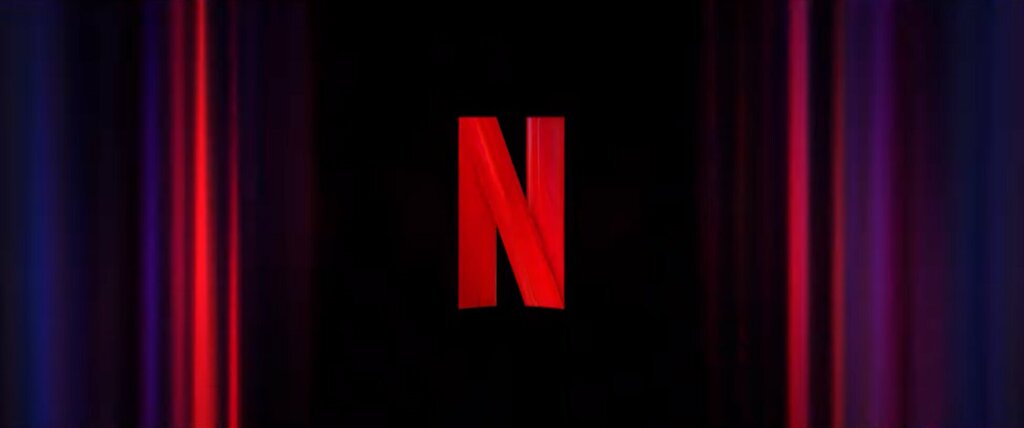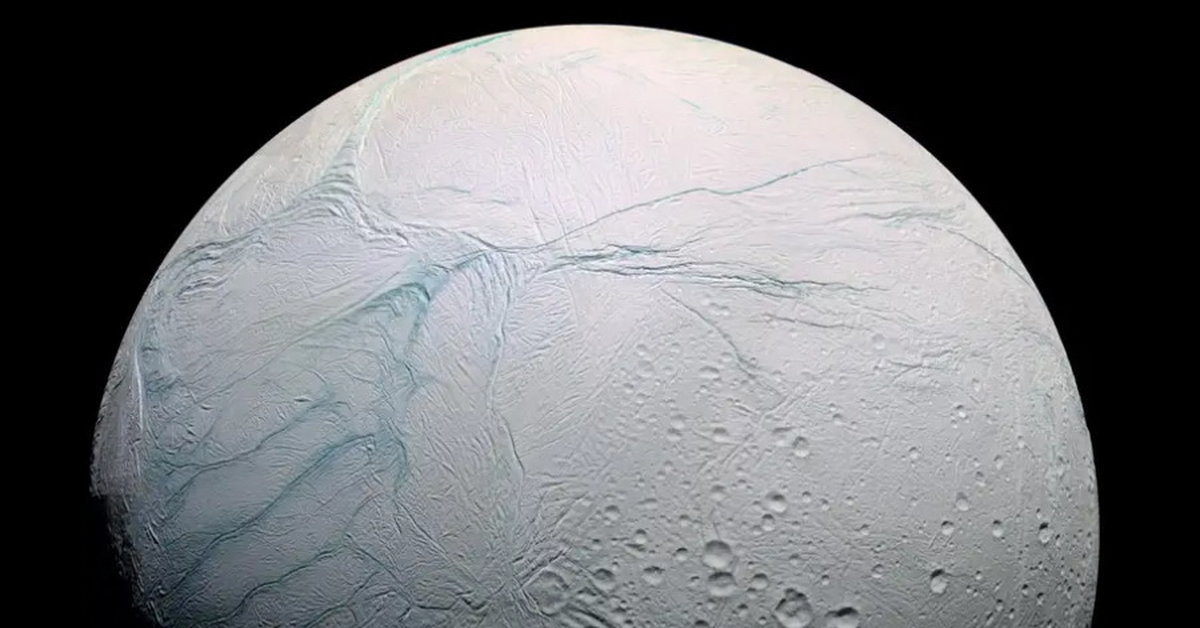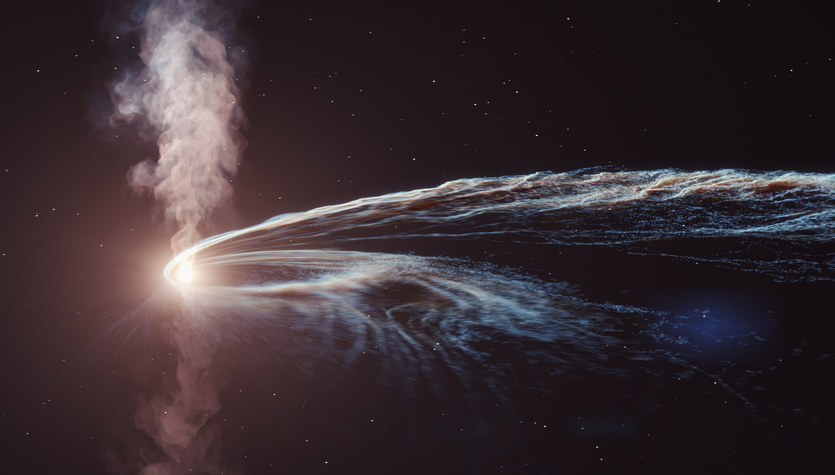Comet C/2023 P1 Nishimura is approaching Earth. Next week, a celestial object will fly by our planet, disappearing from our skies for more than 400 years — and perhaps forever. How do you monitor it? Checks.
Comet C/2023 P1 Nishimura was first observed in August this year by Japanese astronomer Hideo Nishimura, and is named in his honour. Observers in the Northern Hemisphere will have a chance to see it fly near the corners of the solar system.
Meeting after years
C/2023 P1 is a celestial body about one kilometer in diameter, hurtling toward the Earth and the Sun. It has a distinctive green color and is relatively rare. It will be closest to our planet from September 12 to 13, when it will pass us at a distance of about 125 million kilometers.
Then, around September 17-18, it will approach the Sun at a closer distance than Mercury. If it does not disintegrate as it approaches the star, it will begin to move away from us and eventually leave our regions of space for about 434 years. It was probably the last time he visited our parts of the solar system before the invention of the telescope.
The expected location of Comet Nishimura on September 12, 2023NASA SSD
When to monitor the flight?
Comet Nishimura can be seen in the northeastern sky near the constellation Leo, about 10 degrees above the horizon. It is best to observe it before dawn. As it approaches the Sun, the celestial body becomes brighter, but it will be visible lower and lower above the horizon, making it harder to see.
“You need a really good telescope to see it, and you need to know where to look,” Paul Chodas, head of NASA’s Near-Earth Object Research Center, told the Associated Press.
C/2023 P1 will appear at its brightest on September 17, and is then expected to reach magnitude 5, meaning that under favorable conditions it can be seen with the naked eye. On this day, for an observer in the Northern Hemisphere, he will be located in the constellation Virgo. It is best to try to observe immediately after sunset, because about an hour after sunset the celestial object will disappear from our field of view.
If the comet survives its encounter with the Sun, it should be visible in the Southern Hemisphere by the end of September just after dusk, low on the horizon.
Amazing sight
Italian astronomer Gianluca Massi from the Virtual Telescope Project explained that observers from the Northern Hemisphere will have the last opportunity to see this phenomenon next week.
He said: “The comet looks amazing now, with a long, very organized tail that can be photographed with a telescope.”
Please note that although the comet may be visible to the naked eye at some point, it will be easier to track its passage using specialized equipment. Observing similar phenomena requires proper lighting conditions – the brighter, the better – as well as expertise in identifying celestial objects.
phys.org, AP, SkyLife, NASA SSD
Main image source: Adobe Stock – Illustration

“Prone to fits of apathy. Introvert. Award-winning internet evangelist. Extreme beer expert.”








